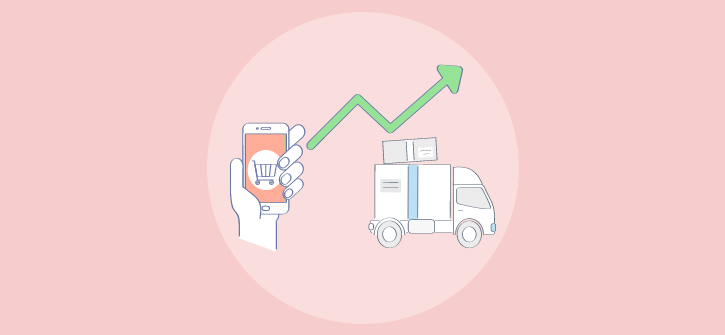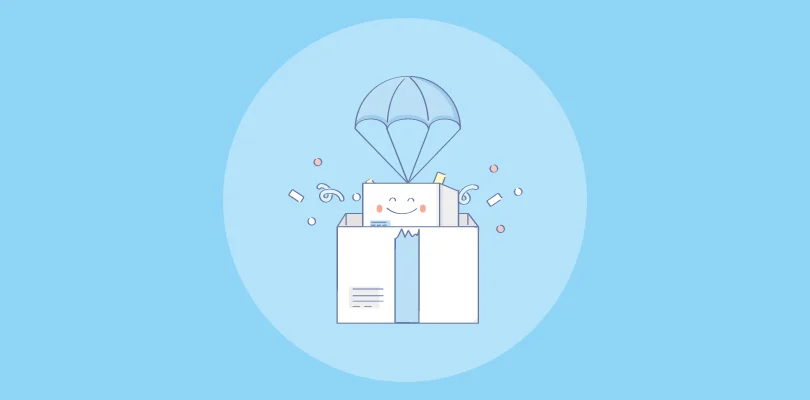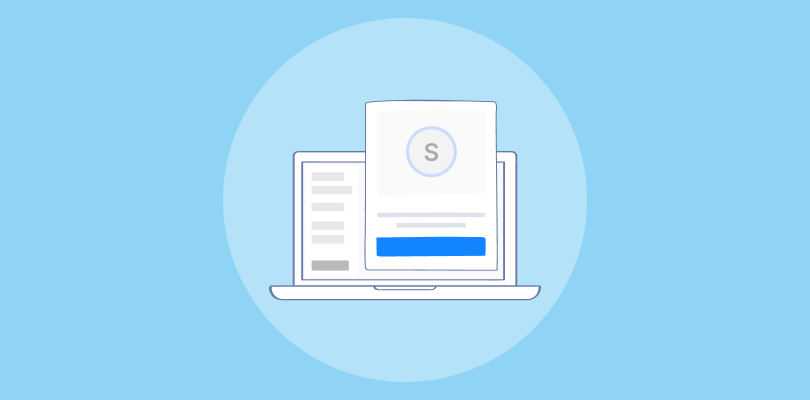Shopify stands out as a robust platform that empowers e-commerce entrepreneurs to launch, manage, and scale online stores with ease.
However, the key to maximizing Shopify’s potential lies in implementing effective marketing strategies. A well-crafted marketing approach can significantly amplify your store’s visibility, attract more traffic, and boost sales.
Even if you’re a seasoned merchant or new to the digital marketplace, understanding and applying proven marketing tactics can transform your Shopify store into a thriving online business.
In this blog, we will explore essential Shopify marketing strategies that you can start applying today to see immediate results.
Also, if you want to watch a quick video on how to increase your ecommerce revenue, here’s one:
10 Best Shopify Marketing Strategies to Increase Your Sales
Let’s take a look at some of the best Shopify marketing strategies that you can use for your Shopify website:
1. Hyper-Personalized Marketing
Hyper-personalized marketing harnesses the power of data to deliver exceptionally relevant content and offers to individual customers.
This approach goes beyond basic segmentation and demographics, using advanced analytics to predict customer behavior based on their previous interactions, social media activity, location, and even weather conditions.
For example, by integrating AI tools with Shopify, you can automate the creation of personalized shopping experiences, such as displaying unique homepage layouts, personalized product recommendations, and custom promotions for each user.
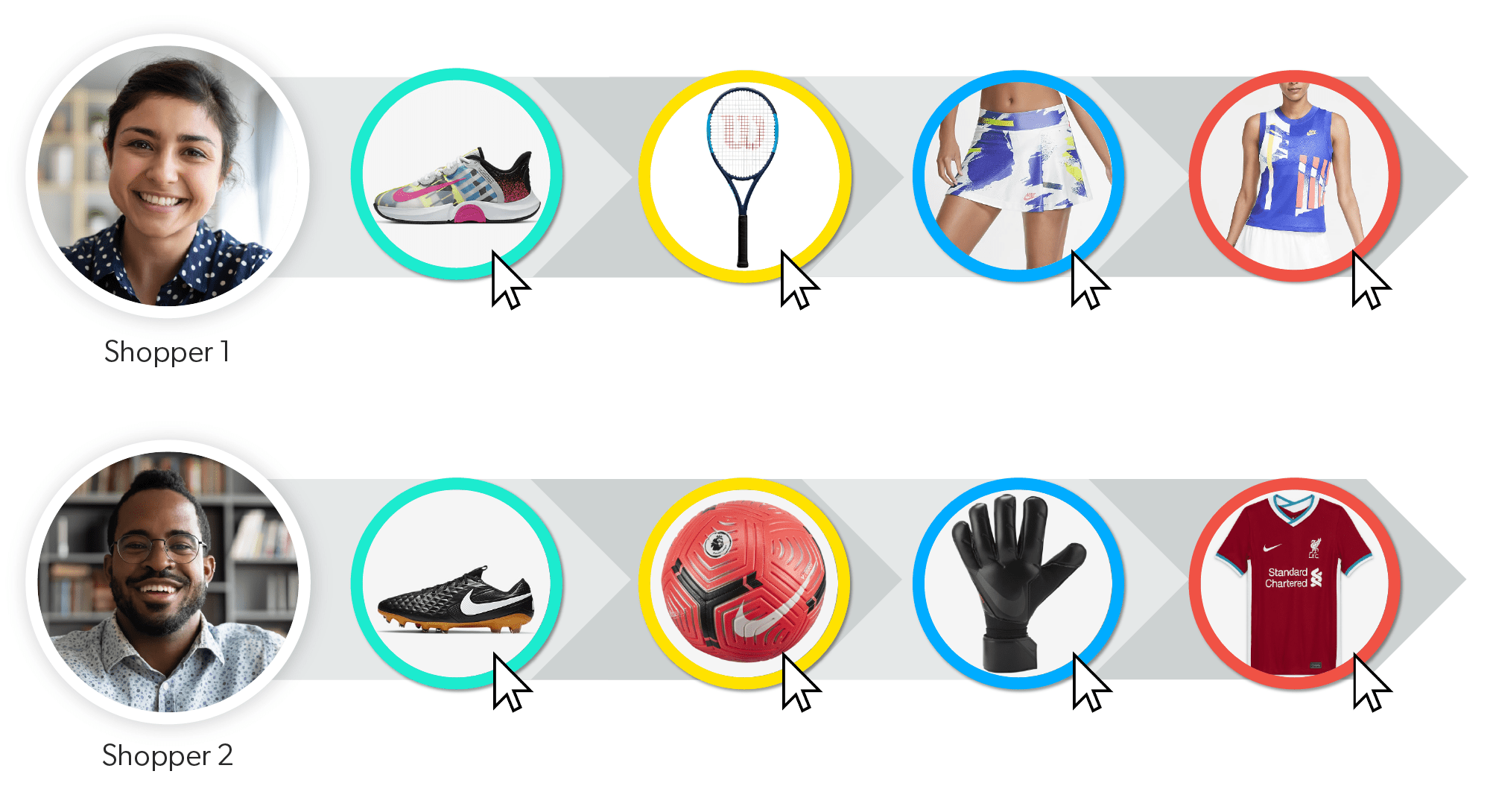
Additionally, consider using dynamic content in emails that adapt based on the user’s latest interactions with your site, ensuring every communication feels tailor-made and timely.
2. Build Community, Not Just Audience
To build a community around your Shopify store, start by establishing a strong brand voice that resonates with your target audience and reflects their values and interests.
Use this voice consistently across all platforms, from your blog to social media to customer service interactions. Encourage customers to participate in discussions by asking for their feedback on products and offering forums or social media groups where they can engage with each other.
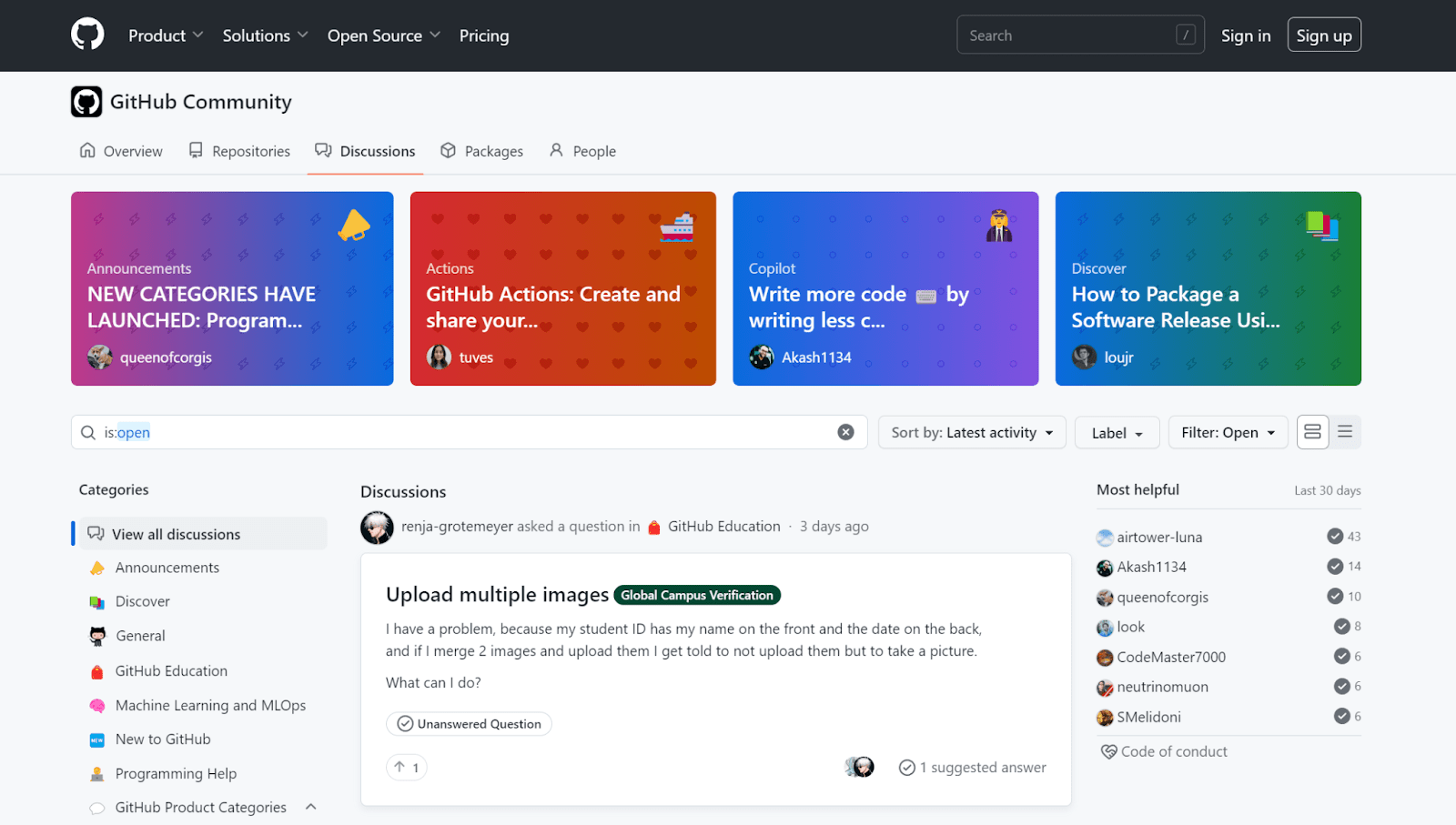
To strengthen community bonds, host virtual events, such as product demonstrations or Q&A sessions with your team.
Also, leveraging user-generated content, such as customer reviews and photos, not only builds community but also enhances your content’s authenticity and appeal.
3. Use Exit-Intent Popups
Exit-intent popups are a crucial e-commerce tool designed to engage users just as they are about to leave your website.
This technology detects when a user’s cursor moves to close a tab or navigate away, triggering a popup that can offer incentives, gather feedback, or encourage newsletter signups. For Shopify store owners, integrating exit intent popups can dramatically reduce cart abandonment and increase conversions.
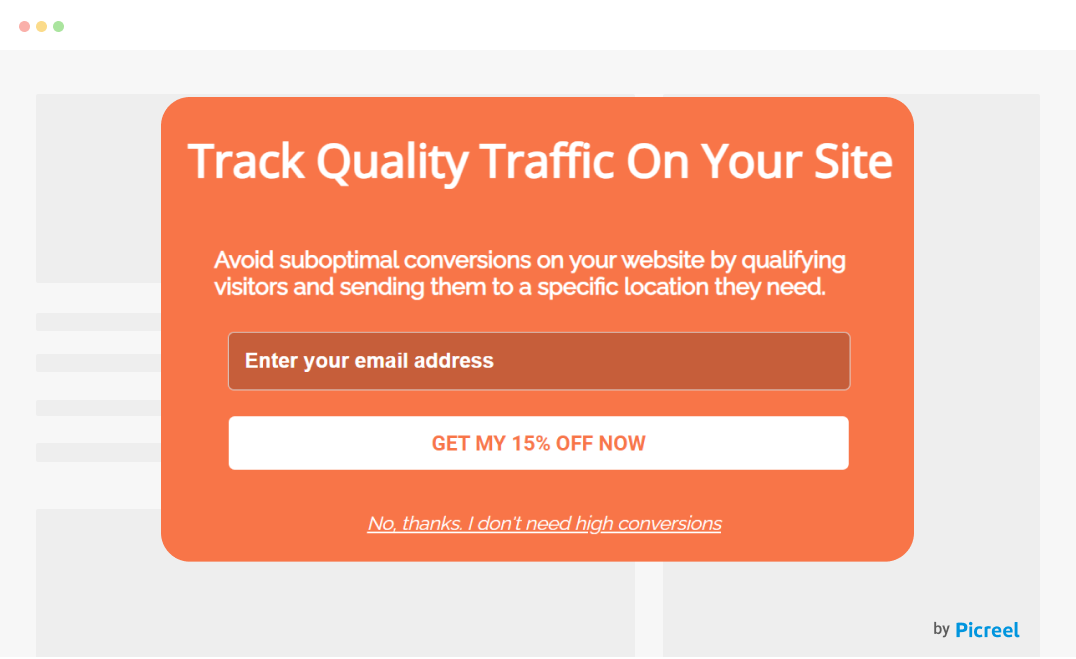
With Shopify, tools like Picreel can be integrated to launch customized popups offering incentives like discount codes, free shipping, or a free product with purchase as a last attempt to convert leaving visitors into buyers.
For optimal effectiveness, test different messages and designs to identify which resonates best with different segments of your audience.
Also Read - 11 Best Exit Popup Software to Boost Conversion
4. SEO as a Long-Term Investment
Investing in SEO for your Shopify store means committing to a continuous process of optimization.
Start with keyword research specific to your niche and use these keywords strategically in product titles, descriptions, meta tags, and URLs. Regularly publish high-quality, original content such as blog posts, buyer guides, and product reviews to improve your site’s relevance and authority.
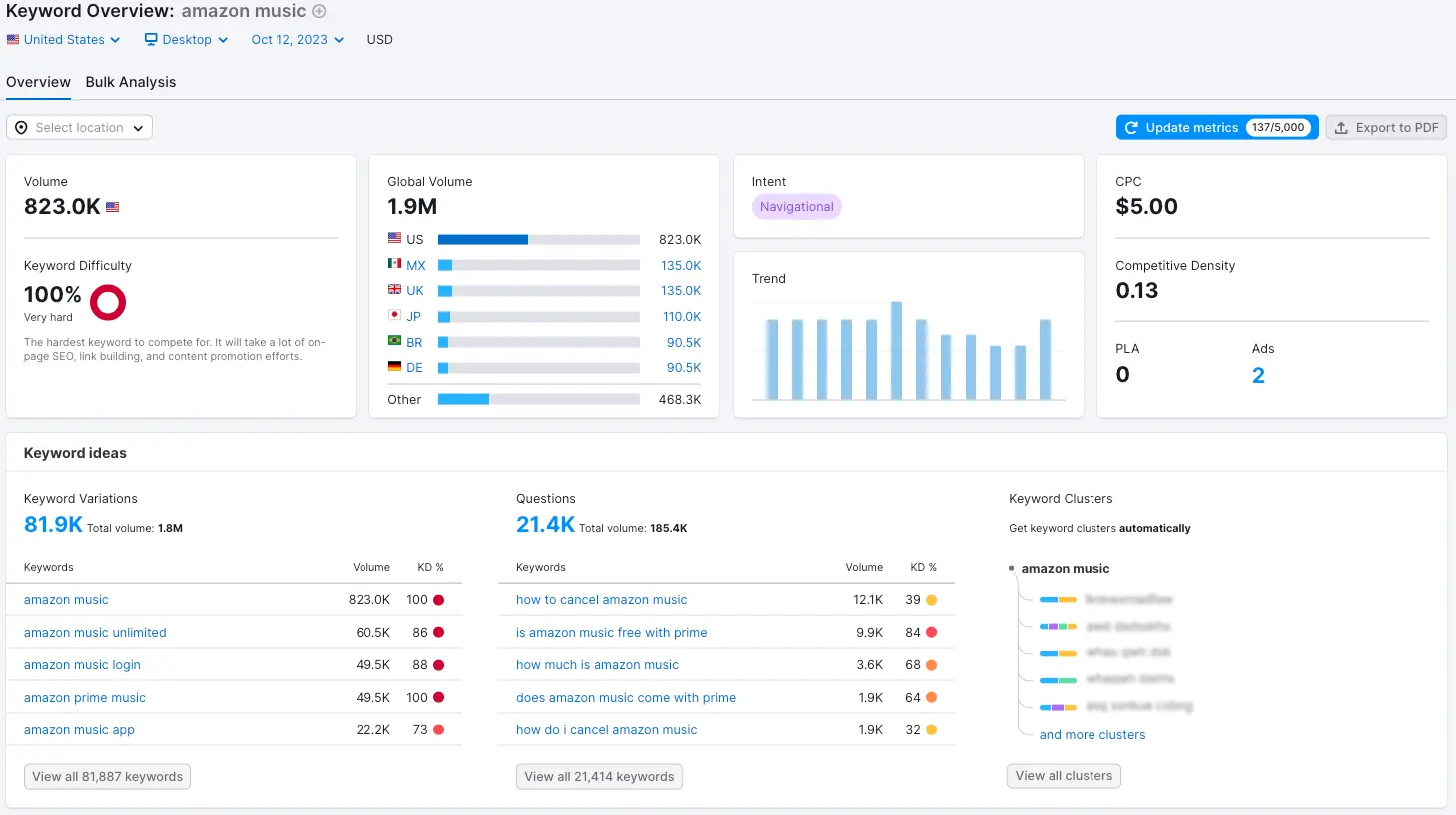
Don’t overlook technical SEO; ensure your website is mobile-friendly, has fast load times, and an intuitive user interface. Utilize Shopify’s built-in SEO features and consider hiring a professional SEO consultant to maximize your site’s potential in organic search results.
5. Targeted, Not Just Retargeted Ads
Crafting targeted ads involves understanding the customer journey and introducing potential customers to your brand before they consider leaving.
Utilize demographic and psychographic information to create profiles of your ideal customers and use these profiles to set up precise targeting criteria in your ad campaigns.
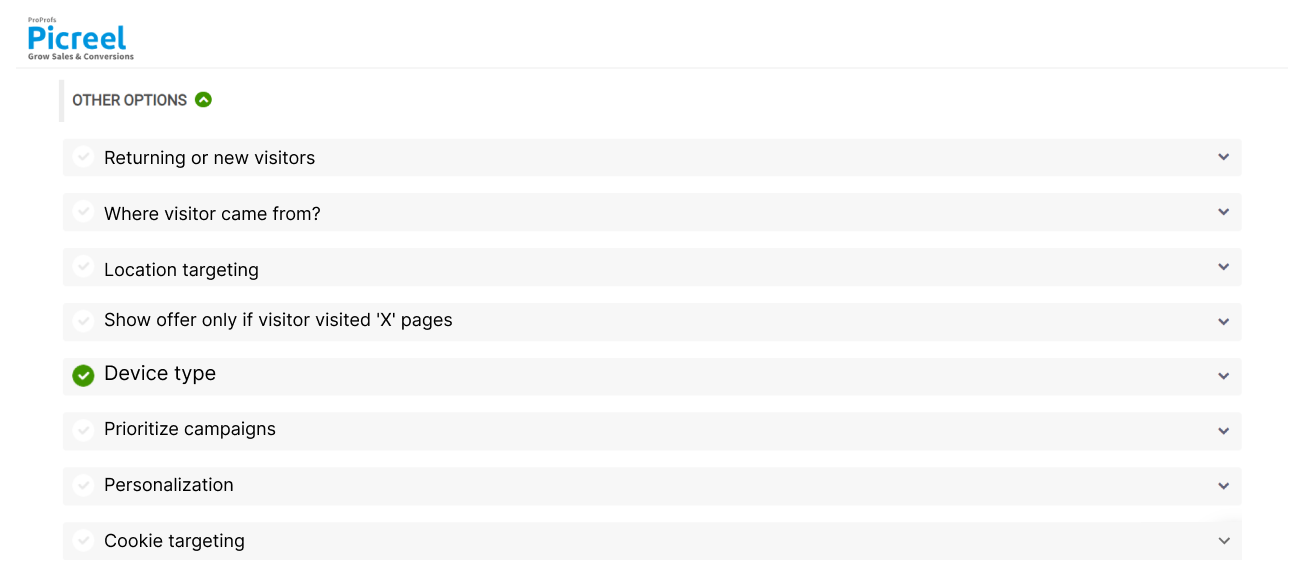
Platforms integrated with Shopify, like Facebook and Google Ads, allow for intricate targeting based on interests, behaviors, and more.
Focus your creative efforts on developing compelling visuals and engaging ad copy that reflects the interests and needs of these targeted segments, ensuring your brand message is relevant and appealing.
6. Use Onsite Notifications
Onsite notifications are crucial for real-time customer engagement. They can highlight limited-time offers, alert customers to low stock levels, or notify them of new blog posts or content updates.
Shopify apps allow for sophisticated customization of these notifications, enabling you to target messages based on user behavior, such as time spent on site or specific pages visited.
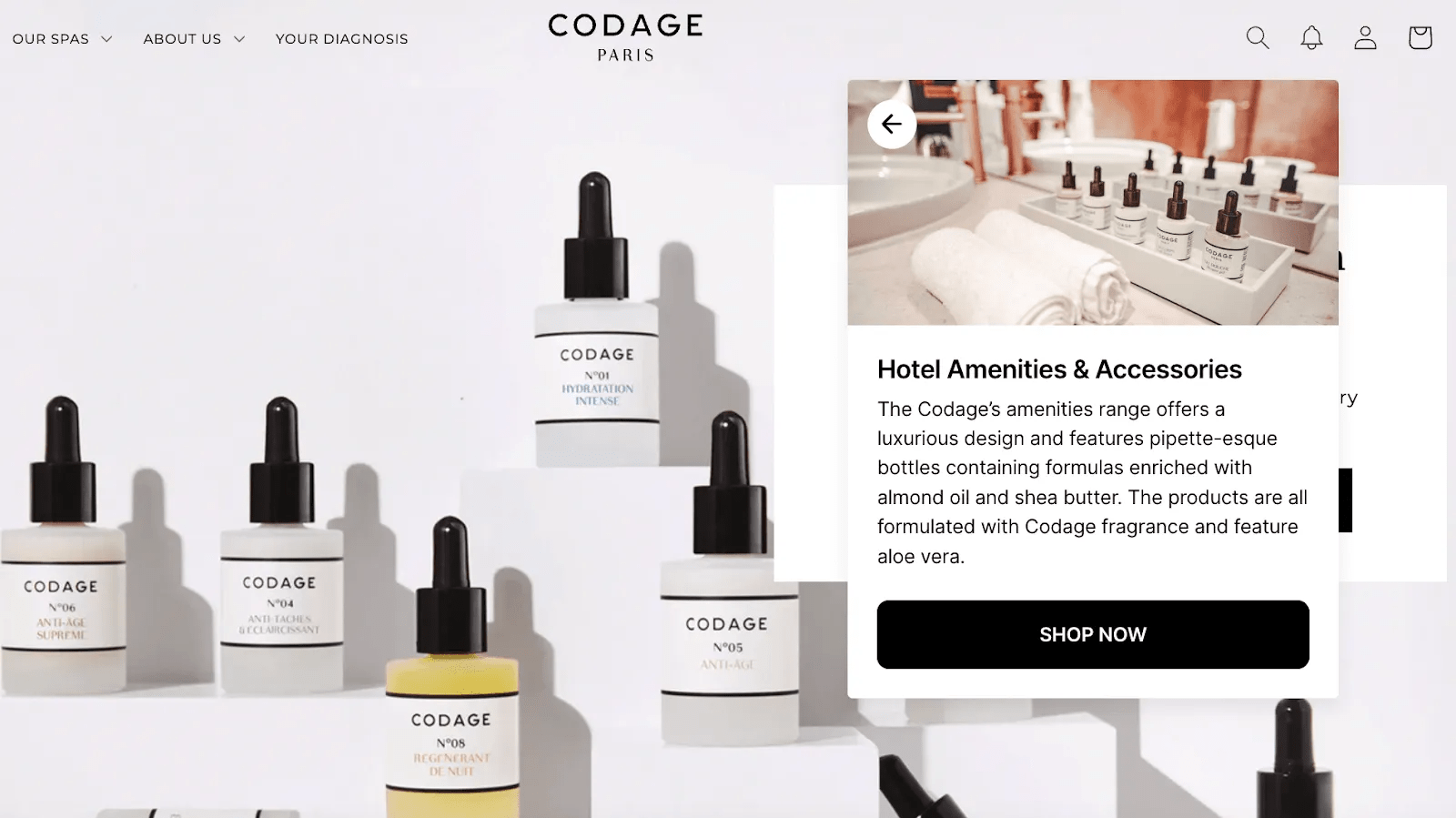
For example, if a customer spends a significant amount of time on a specific product page, trigger a notification offering more details or a limited-time discount for that product.
7. Implement A/B Testing
A/B testing is vital for optimizing the user experience and increasing conversion rates on your Shopify store. This method involves presenting two variants of the same page to different segments of visitors simultaneously and comparing which version drives more conversions.
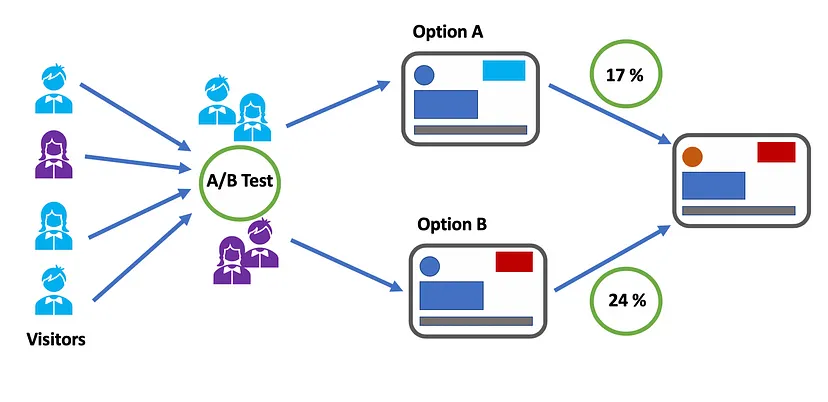
For Shopify users, implementing A/B testing can be straightforward using popup builder tools, which support A/B testing for various elements such as popups. Here, tools like Picreel not only provide A/B testing for popups but also offer insights into which variations perform the best across different user segments.
This information can guide you in optimizing your site layout, marketing messages, and even navigation structure to better suit your customers’ preferences and behaviors.
8. Launch a Referral Program
A referral program can be one of the most powerful tools in your marketing arsenal, turning satisfied customers into proactive promoters of your brand.
Offer compelling incentives that motivate your customers to share your products with their friends and family. Use Shopify’s app ecosystem to seamlessly integrate referral tracking, making it easy to monitor referrals, issue rewards, and communicate with participants.
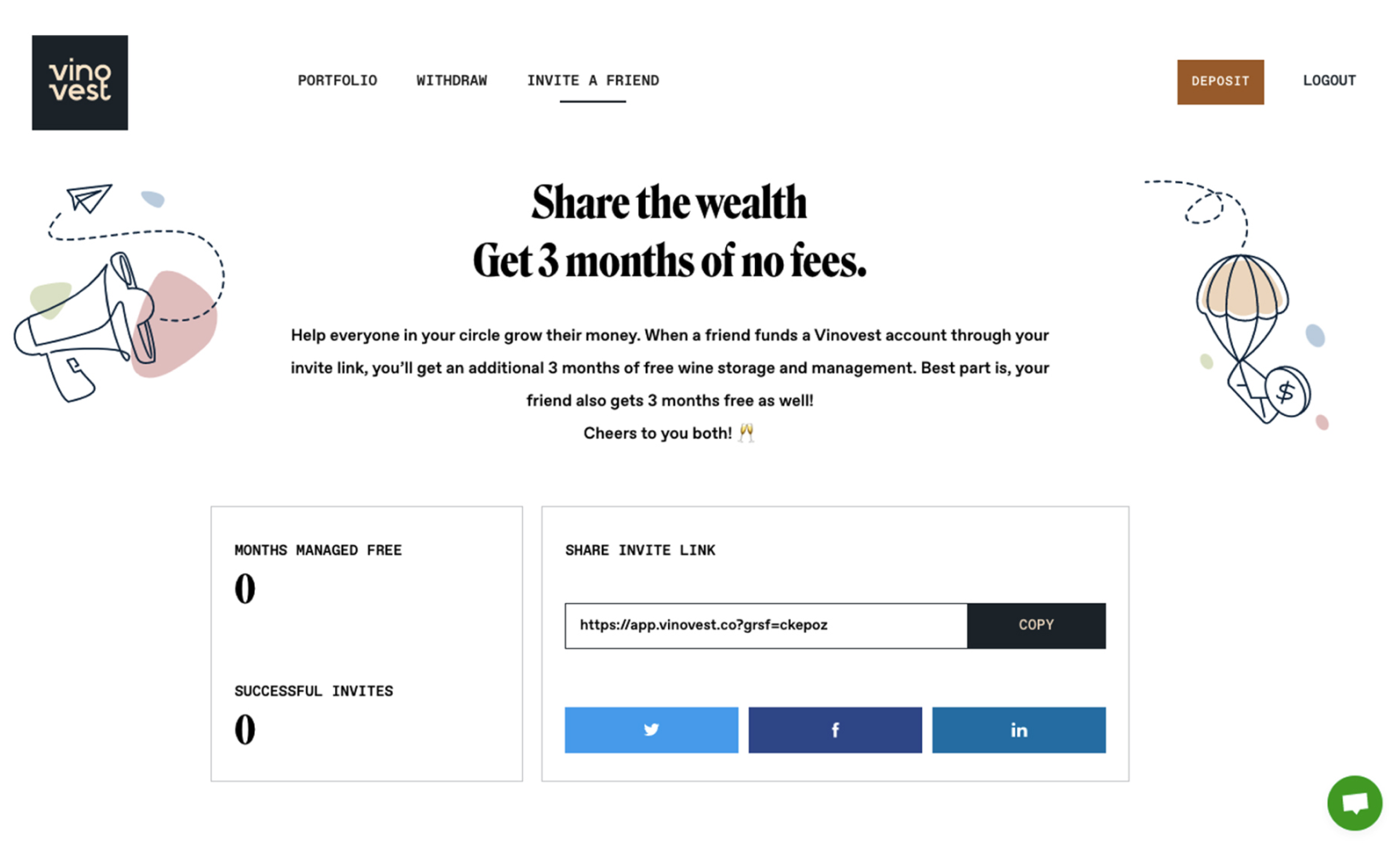
To maximize participation and effectiveness, ensure the referral process is as simple as possible, with clear instructions and easy sharing options.
9. Email & SMS as Your Secret Weapon
Develop a cohesive strategy that utilizes both email and SMS to cover all bases of communication. Use email to deliver rich content like newsletters, detailed product breakdowns, and personalized shopping suggestions based on customer data. By incorporating a Shopify newsletter popup, you can capture email addresses and grow your list to ensure more personalized and targeted email campaigns.
SMS should be used for immediate, transactional communications such as order confirmations, shipping updates, and flash sale announcements.
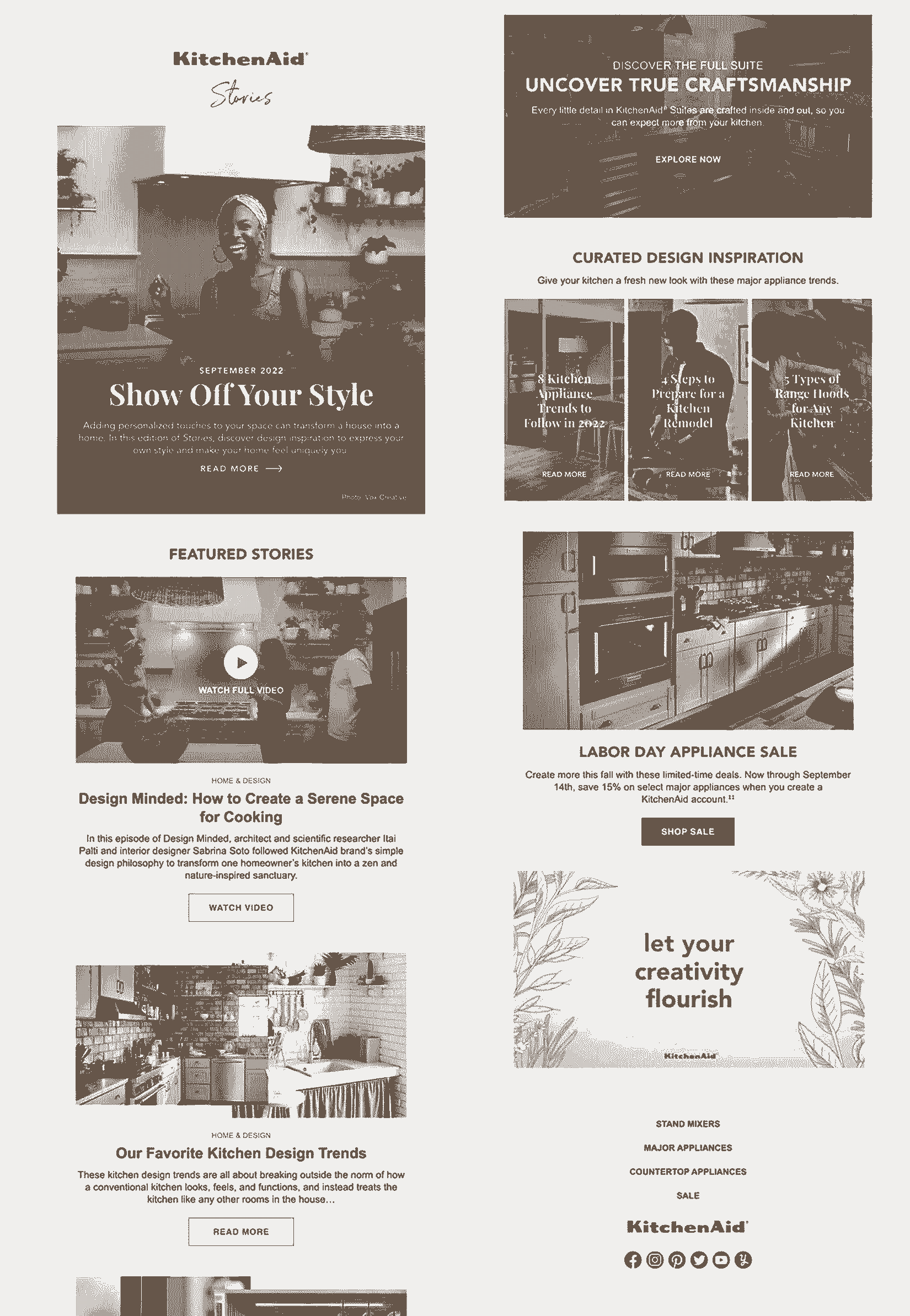
Integrations available through Shopify can automate these processes, ensuring that the right messages are sent at the right time, increasing relevance and timeliness, which significantly boosts customer engagement and retention.
Also Read – 17 Simple Tips to Boost Email Marketing
10. Cross-Selling and Upselling
Implementing effective cross-selling and upselling techniques can significantly increase your average order value.
Analyze customer purchasing patterns and use this data to offer relevant add-ons or higher-end alternatives at key decision points in the purchasing process.
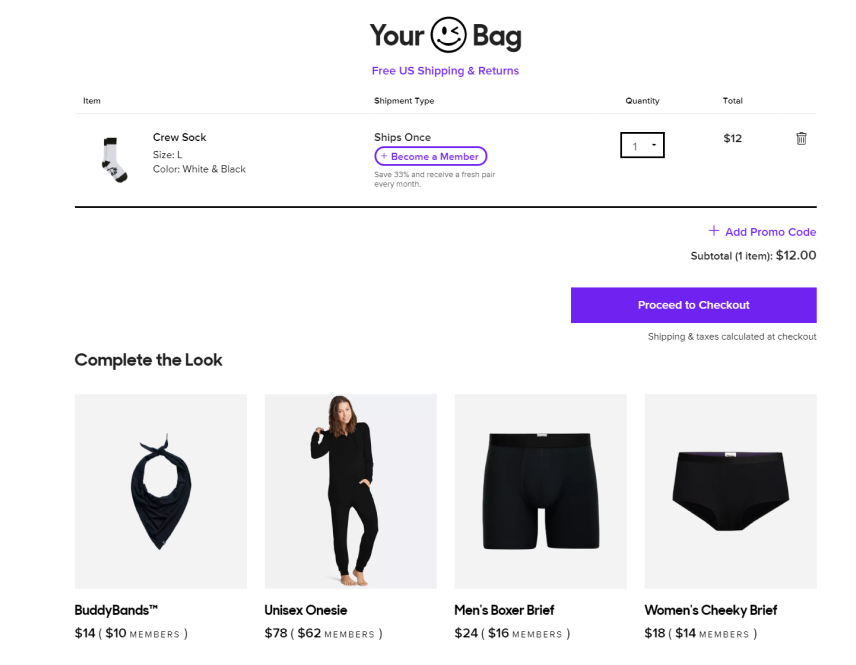
Shopify plugins can automate these recommendations, showing them on product pages, in the cart, or during checkout.
Ensure these recommendations are highly relevant and genuinely enhance the customer’s choice. This will not only increase the likelihood of a purchase but also enhance the customer’s satisfaction with their shopping experience.
Improve Conversions With the Best Shopify Strategies
Implementing these proven Shopify marketing strategies can significantly enhance your store’s visibility, improve customer engagement, and boost sales.
From leveraging hyper-personalized marketing to harnessing the power of exit intent popups and A/B testing, each tactic offers unique benefits that cater to different aspects of the customer journey.
By integrating these strategies today, you can create a more dynamic, responsive, and profitable Shopify store, setting a strong foundation for long-term success in the competitive e-commerce landscape.
 Tips
Tips
We’d love to hear your tips & suggestions on this article!
FREE. All Features. FOREVER!
Try our Forever FREE account with all premium features!

 We'd love your feedback!
We'd love your feedback! Thanks for your feedback!
Thanks for your feedback!


